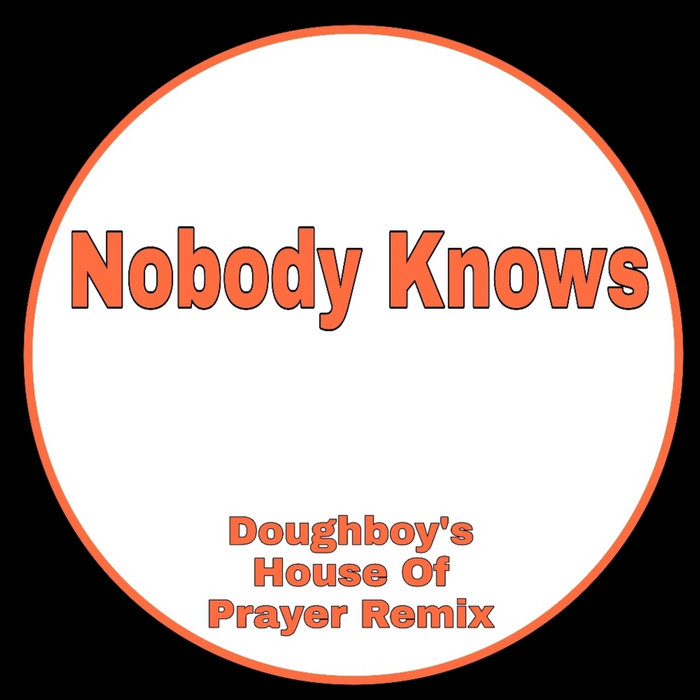
Nobody Knows (Doughboy's House Of Prayer Remix) – Doughboy's Club Crate
this blog is GROOVY – check out great Soul, Funk, Jazz, Hip Hop, Bass, Breaks , Reggae, House n many more TUNES
Praise and worship music is like the heartbeat of many faith communities around the globe. It’s that uplifting sound that gets people swaying, clapping, and maybe even breaking into a little two-step. But how did we end up here? Let’s groove through the history of this vibrant genre!
Way back in the day (we’re talking medieval times), church music was all about hymns sung in Latin—think solemn melodies echoing off stone walls. Fast forward to the 18th century, when people like Isaac Watts started throwing some spunk into those hymnal pages. He penned songs with catchy lines that made you wanna sing along—even if you weren’t sure what half of it meant.
Then came the 20th century when gospel music put on its dancing shoes! Artists like Mahalia Jackson brought powerful vocals to spirituals and joy-filled rhythms into church services across America. This was huge! Gospel music began influencing praise and worship styles by infusing them with emotion and energy.
In the late ’60s and early ’70s, something magical happened: folk music joined forces with faith! Groups like The Jesus Movement took over stages with acoustic guitars, harmonies, and lyrics that spoke directly to people’s hearts—no more stuffy old texts here! Folks were grooving to Jesus tunes at coffeehouses instead of just sitting in pews.
Fast forward again to the ’80s when bands such as Sandy Patty started sprinkling pop sounds over their spiritual beats. This decade set off a wave of contemporary Christian music (CCM) where artists began writing songs specifically intended for service — think modernized versions of classic hymns or completely fresh compositions celebrating God’s grace.
You know those catchy tunes we can’t shake off? Some popular praise tracks were actually accidents! For instance, Matt Maher wrote “Your Grace is Enough” on a whim while experimenting during practice time—it wasn’t even supposed to be serious at first but became an anthem instead!
As we slid into the ’90s, things really took off! Enter mega-churches hosting grand productions akin to rock concerts; they were blasting out professionally produced praise songs from bands such as Delirious?, Chris Tomlin, and later on groups like Hillsong United.
These musicians weren’t just creating background noise; they were crafting powerful experiences that got folks involved—from engaging lyrics about love for God down-to-earth messages reminding people they’re not alone. And because everyone loves variety—or maybe just loves singing louder than their neighbor—different styles emerged too!
Ever heard someone belt out praises so loudly during worship it makes your ears ring? Well guess what—you might not want front row seats anymore after discovering studies have shown congregations often mimic whatever musical style dominates closer spots… who knew volume could shift where you sit?
Now let’s drop some beats all the way up until today—the landscape has morphed again thanks largely due technology turning producers into magicians working sonic wonders right from home studios! With genres fusing more than ever before—from hip hop-inspired beats found within church bookshelves alongside smooth jazz influences—you name it; it’s there!
Artists are now mixing R&B vibes with traditional elements; look no further than Jonathan McReynolds or Tasha Cobbs Leonard blending urban flair seamlessly through gripping melodies paired perfectly matched lyricism capturing attention both inside AND outside congregational settings!
And here’s something hilarious—a lotta worship leaders aren’t exactly trained musicians but learned everything via YouTube tutorials or personal experience strumming away at family gatherings growing up before finding themselves thrust onto big platforms leading thousands every week … talk about divine intervention (or divine improvisation!)
So there ya have it—the evolution path traveled from ancient humble beginnings toward vibrant collective expressions fully enjoying life together through rhythm-driven heartbeats resonating love for divinity present around us still today!
Whether you find yourself lost within modern compositions crooning softly under twinkling lights or diving deep confronting life’s challenges remembering joyful refrains echo throughout settings far beyond any building—all while wearing mismatched socks (thank goodness casual Fridays exist).
Worshiping has never sounded better… so keep singing folks—and remember whether you’re hitting high notes or having fun flubbering around each word—it’s about connecting authentically above anything else! Keep vibin’ high ✌️🎶

Nobody Knows (Doughboy's House Of Prayer Remix) – Doughboy's Club Crate